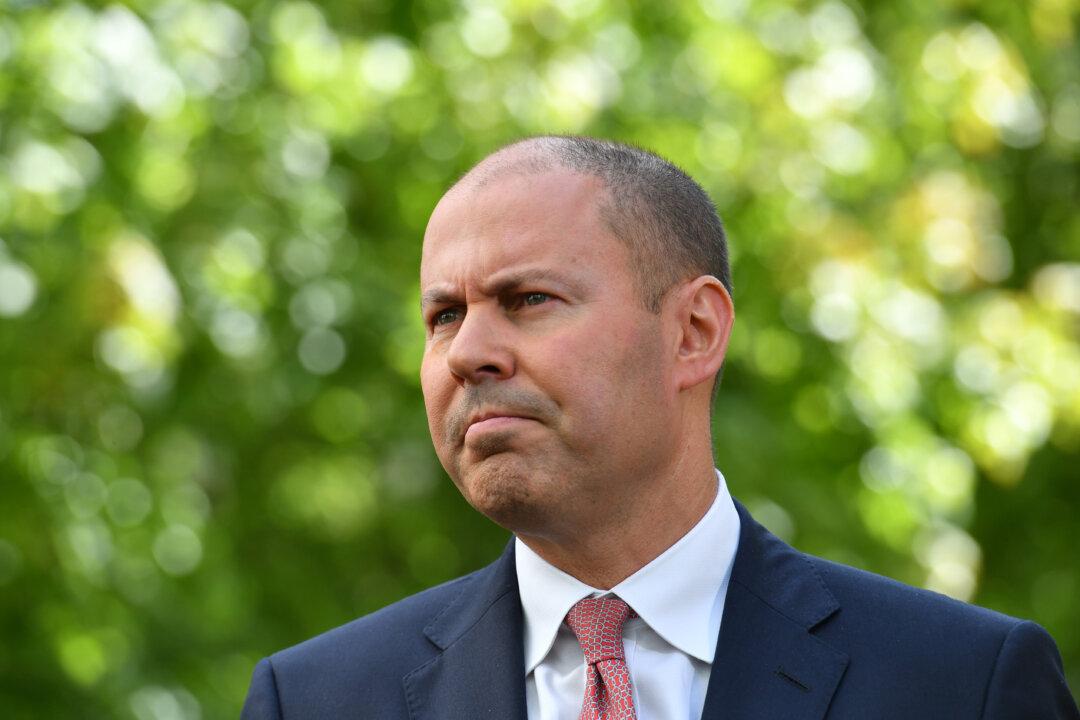Crop production is set to fall 20 percent this year, yet Australian agriculture is still expected to deliver its third-highest annual gross value on record.
The latest forecast from the Australian Bureau of Agricultural and Resource Economics and Sciences, or ABARES, predicts production value will reach $86 billion (US$55.5 billion) this financial year, down slightly from the record $92 billion last year.





